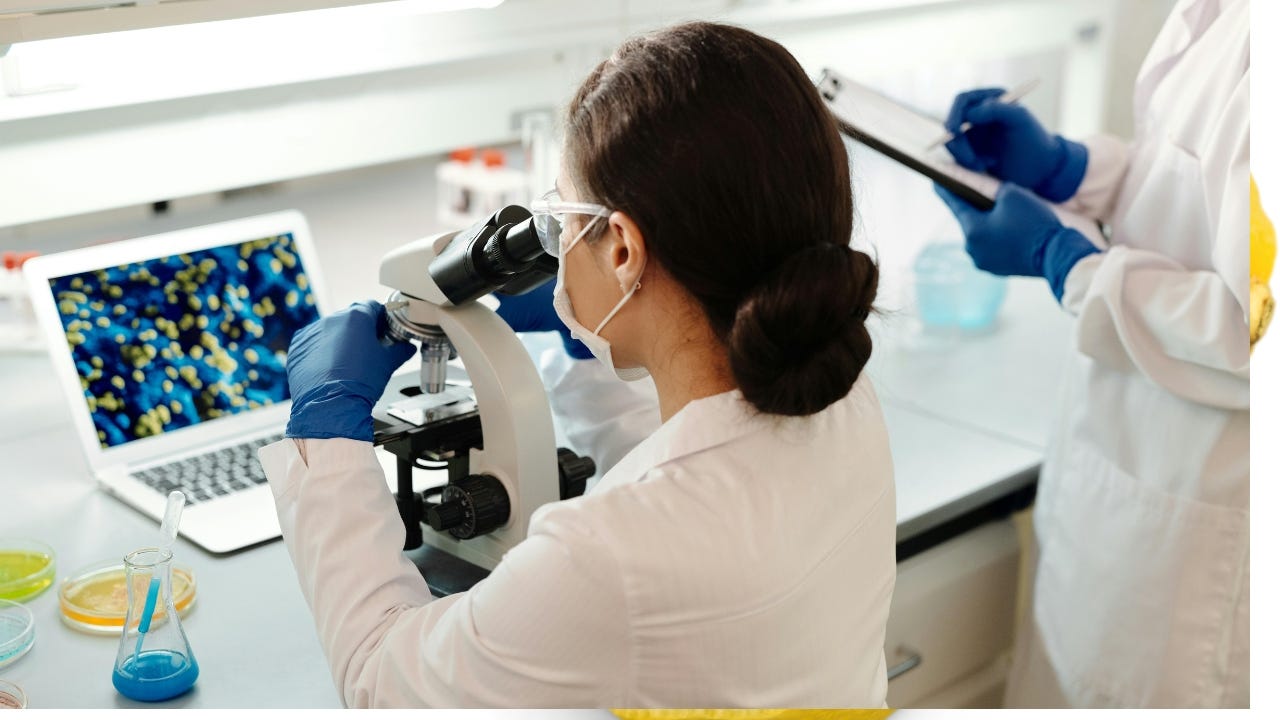Innovative strategies in pre-clinical testing for better and faster therapeutics
Discover biomimetic 3D models and other methodologies revolutionising drug development pathways.

Pre-clinical testing is essential for successful drug development because it evaluates a drug candidate's effectiveness, possible side effects, and drug interactions before human testing. Toxicology, pharmacokinetics, and pharmacodynamics studies help optimise dosing and assess toxicity.
Lack of efficacy and high toxicity are the main causes of failure among clinical candidates. Genetic, genomic, and proteomic analyses used in pre-clinical research can increase drug safety by averting unanticipated interactions that might have negative consequences. Hence, pre-clinical testing continues to be critical for global drug development.

Innovations in in-vitro models
3D cell cultures and organs-on-chips are transforming in-vitro research. These models replicate the complexity of the intracellular microenvironment and molecular networks. They are often used to improve drug response estimation during pre-clinical research and help reduce the need for animal experimentation. These synthetic models can improve understanding of drug responses, antigen pathways, disease onset, and drug-cellular interactions.
The UAEU Stem Cell Research Centre of UAE University is leveraging 3D bioprinting to fabricate organs that could advance stem cell research for Alzheimer's and Parkinson's diseases. This is expected to accelerate the development of therapeutics for these conditions.
American University of Sharjah, the Al-Jalila Foundation, the Al Qasimi Foundation, the Patient’s Friends Committee-Sharjah, the Biosciences and Bioengineering Research Institute, and the GCC Co-Fund Program have provided funding for studies on 3D scaffold-based cell culture models for cancer research.
Saudi Arabia’s Umm Al-Qura University, King Khalid University, Prince Sattam Bin Abdulaziz University, and Al Baha University are also researching 3D cell-culture based on hydrogels for biomedical research. A grant from King Khalid University supports this research.
The UAE sets sights on collaboration to advance pre-clinical testing.
Through distributors like AL-Genome International and STEIGENS, the UAE can access top-notch products and services for academic research and biopharma. AL-Genome International sells organ-on-chip and 3D-cell culture products from Axion Biosystem. STEIGENS also offers Elveflow's organ-on-a-chip products. The UAE is also focusing on collaboration to advance pre-clinical testing.
The Technology Innovation Institute (TII), the research division of Abu Dhabi’s Advanced Technology Research Council (ATRC) and the Terasaki Institute for Biomedical Innovation in Los Angeles are collaborating to develop innovative 3D mini-brain models for neurological disease modeling and drug discovery.
Innovations in in-vivo models
Zebrafish, humanised mice, and genetically modified animal models are examples of in-vivo models that are essential for researching and evaluating therapeutics prior to human studies, as they closely mimic human physiology and can be used to assess the safety, effectiveness, and overall effects of drugs.
The Zebrafish Facility for Cancer Research was established by Gulf Medical University's Thumbay Research Institute for Precision Medicine (TRIPM), demonstrating the UAE's embrace of cutting-edge technologies. This adaptable tool supports advanced research projects in drug screening, toxicology, and discovery. The initial zebrafish and training were provided by NYU Abu Dhabi's Sadler Edipli Lab.
UAE-based Khalifa University is conducting research where CRIPSR-CAS9 is being used for the disease modelling of genetic disorders in the zebrafish model. As CRISPR-CAS9 can achieve targeted genomic mutation that mimic human genetic diseases, this allows researchers to stimulate patient-like conditions in zebrafish. DuBiotech, based in Dubai, also offers pre-clinical animal testing services.
Qatar Biomedical Research Institute (QBRI), part of Hamad Bin Khalifa University, is involved in pre-clinical testing such as biomarker analysis to understand the underlying disease mechanisms involved in neurological diseases diagnosis, therapeutic interventions and cancer research.
Research by UAE-based Khalifa University shows CRIPSR-CAS9 being used for the disease modelling of genetic disorders in the zebrafish model.
Innovations in AI-driven in-silico modelling
Artificial intelligence and machine learning are transforming drug discovery by lowering development times, precisely forecasting drug-target interactions, and accelerating risk assessment. This increases predictive accuracy and reduces reliance on animal models.
The Drug Design & Discovery (DD & D) research group at the University of Sharjah is pursuing several internally and externally funded projects focused on AI-based drug discovery and has collaborated with international organisations on such initiatives. Abu Bhabi’s Mohamed bin Zayed University of Artificial Intelligence (MBZUAI) is also researching the use of AI in drug discovery.
In-silico and AI-driven technologies for pre-clinical drug testing presents significant growth opportunity.
The overall adoption of in-silico modelling to enable pre-clinical testing of therapeutics in the Middle East remains limited, with only a few academic institutions actively exploring this innovation. This presents a significant growth opportunity to launch new initiatives that support the development of in-silico and AI-driven technologies for pre-clinical drug testing.
The way forward
There are many opportunities that the Middle East region can leverage to promote innovations in pre-clinical testing. Increased government funding is needed to support R&D in this space, as technologies for pre-clinical testing require extensive infrastructure and skilled expertise. A few universities in the region are already active in this field and can collaborate with regional pharma and biotech companies to accelerate pre-clinical drug testing developments.
The Middle East can also pursue international partnerships, as innovations in pre-clinical testing are more rapid in the US and Europe. Additionally, regulatory harmonisation across the Middle East countries would further boost the innovations in this domain.
Currently, Saudi Arabia follows SFDA guidelines for pre-clinical testing, while the UAE, including Abu Dhabi, follows pre-clinical testing guidelines regulated by the Department of Health (DOH).
A rising focus on public-private collaborations, coupled with increased funding, would accelerate the Middle East’s growth and position the region at the forefront of global innovations in pre-clinical testing.




